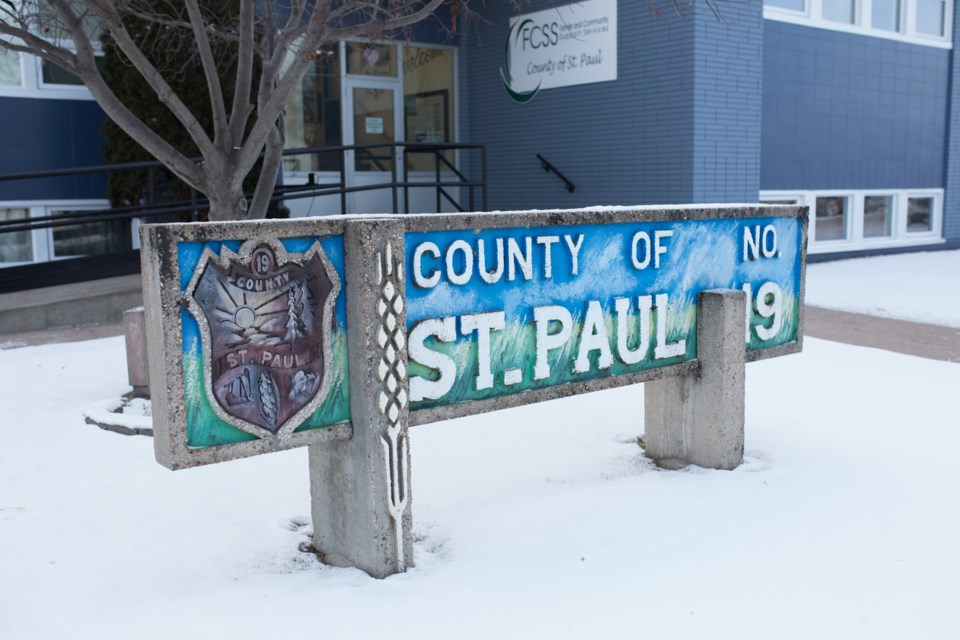On top of trade disputes between Canada and China costing farmers this year, the County of St. Paul declared an agriculture disaster in 2019. However, the declaration brought nothing more than a show of support for the industry.
For County of St. Paul Reeve Steve Upham, the agricultural disaster is important because the industry is one of the backbones in the area. This year, like previous years, saw poor weather resulting in farmers losing crops to wet weather. Crops throughout the municipality remain unharvested to this day and sit under a layer of snow.
“If farmers are hurting, we need to be there to support them in whatever way we can,” Upham said, when speaking about the past year.
According to the reeve, the government could develop ways of designing programs to be more responsive to producers. But, local government don't have the direct powers to do this, and all the County can do is advocate on behalf of its producers with the province, he explained.
“What we want from the province is for them to look at ways to enhance crop insurance and programs like AgriStability to be more responsive,” said Upham. “In situations like this, it could take a year and a half for any cash to come your way.”
And farmers don’t always have that much time when the bills need to be paid tomorrow, Upham said.
AgriStability is a business risk-management program provided by the federal and provincial governments to help farmers manage significant risks and financial losses caused by either large margin declines from market fluctuations, increased expenses that threaten the viability of farms beyond their capacity to manage or trade disruptions, according to the government.
In Alberta, AgriStability is delivered by the Agriculture Financial Services Corporation.
Speaking further about challenges facing farmers in 2019, Upham noted that an embargo by China on canola imports from Canada had a mass impact on producers. He described canola as the “king of the hills” for many producers.
“We have to hope that the government gets their bickering sorted out with the Chinese government,” Upham said.
The County also had some big challenges working through the provincial budget, which created implications from a capital standpoint, according to Upham. Most recently, the province announced municipalities must pitch in to cover policing costs.
Upham said the County will pay about $166,000 in the next fiscal year. The amount will increase by five per cent each year for five years. Upham estimates the amount could peak to about $750,000.
“We are not allowed to put a Mill rate on it, which was our hope so we can identify our costs as a form of Mill rate… so taxpayers can see expenses and see what the government has downloaded to us,” Upham said.
For now, the amount will come out of the regular Mill rate, he said. The Mill rate is the amount of tax payable per dollar of the assessed value of a property. The new policing model is just an extra expense the County must deal with in their regular budgeting, he explained.
Additionally, the release of the provincial budget in November saw some cuts. Upham notes this as a low point in 2019. Though cuts made to the Municipal Sustainability Initiative (MSI) were not as large as he had thought they might be, it is something council will have to deal with for future revenue – a new reality and significant adjustment, according to Upham.
In contrast to all the negatives, the County of St. Paul’s construction projects went very well in 2019.
“We had a productive year as far as getting our road work done, despite losing a few days of work due to moisture,” Upham said. He added, with a laugh, “We are pretty much perfect, it was a pretty normal year and we accomplished everything we set out to do.”
In 2020, Upham hopes there is more upbeat news in regards to industry revenues and a better year for agriculture.



